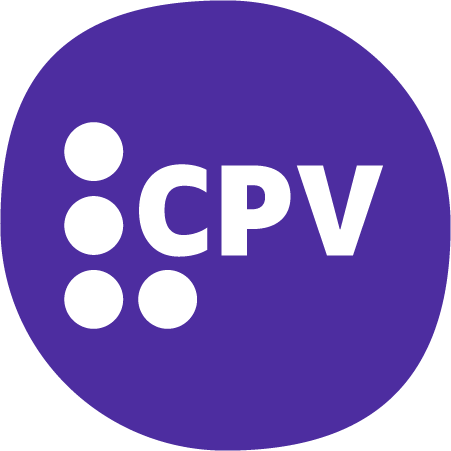Context
For people with visual impairments, the use of maps, diagrams or graphs is very difficult, if not impossible, since most of these documents are visual representations. Embossed documents then represent an interesting solution, but their use remains very limited. The major drawback is the size of the Braille, thus restricting the amount of information possible to read the document. In addition, the updating of content is impossible on paper format, because these cards take a long time to build (craft techniques). Finally, few visually impaired people can read braille.
The use of maps is nevertheless essential for the construction of mental representations of spatial configurations. These mental representations are necessary for learning a route, which allows you to find your bearings and move confidently in an environment. They also intervene in the mastery of academic and cultural knowledge such as geography, geometry, technical diagrams….
Difficulties in accessing space representations are therefore obstacles to access to education and mobility, which has an impact on the level of autonomy.
Project display
In recent years, multi-touch devices have grown considerably with the development of smartphones and then tablets. In the professional environment there are even larger touch tablets (A3 format and higher). The idea of this project is to place a raised map on a touch table so that the user can explore it with his 2 hands. To obtain information on a point of interest, the number of a bus line, the distance between 2 points or even a route, all you have to do is make the appropriate gesture on the touch table.
General objectives
The project is developing an interactive collaborative table system that allows visually impaired people to explore spatial representations (maps, plans, diagrams) enriched with sound information.
- The development and use of relief designs
- Improvement of mobility learning techniques, independently or accompanied by specialized teachers
- The evolution of educational practices in special education centers by integrating new technologies in the learning of geography and locomotion
- The study of non-visual perception and the associated mental representation of cartographic space to better understand the movements of the visually impaired, the necessary and relevant information, and their use of interactive technologies
This project, certified by Aerospace Valley, has also received funding from the National Research Agency.
Have we aroused your curiosity? Go to the following link to find out more: https://www.irit.fr/accessimap/en/.
